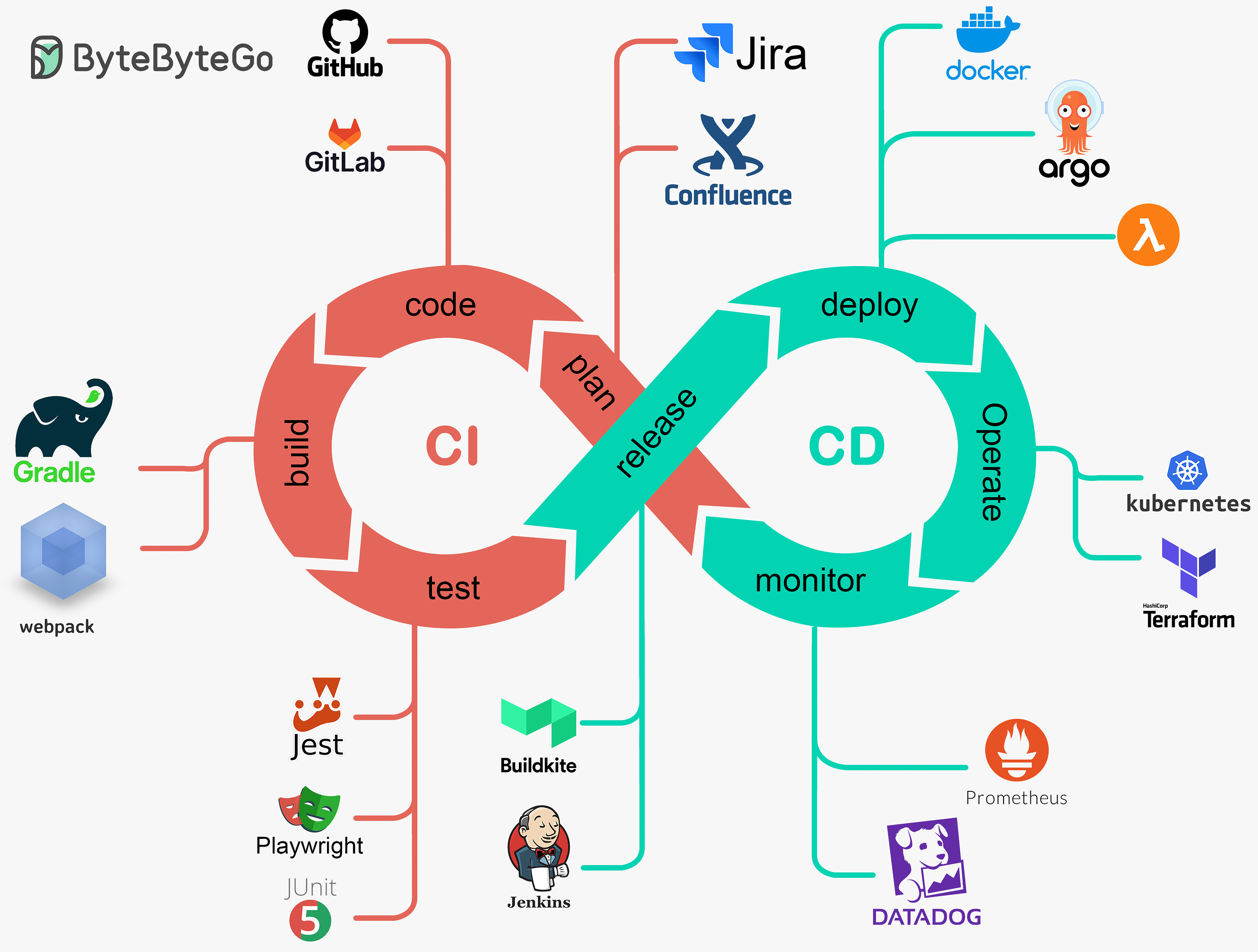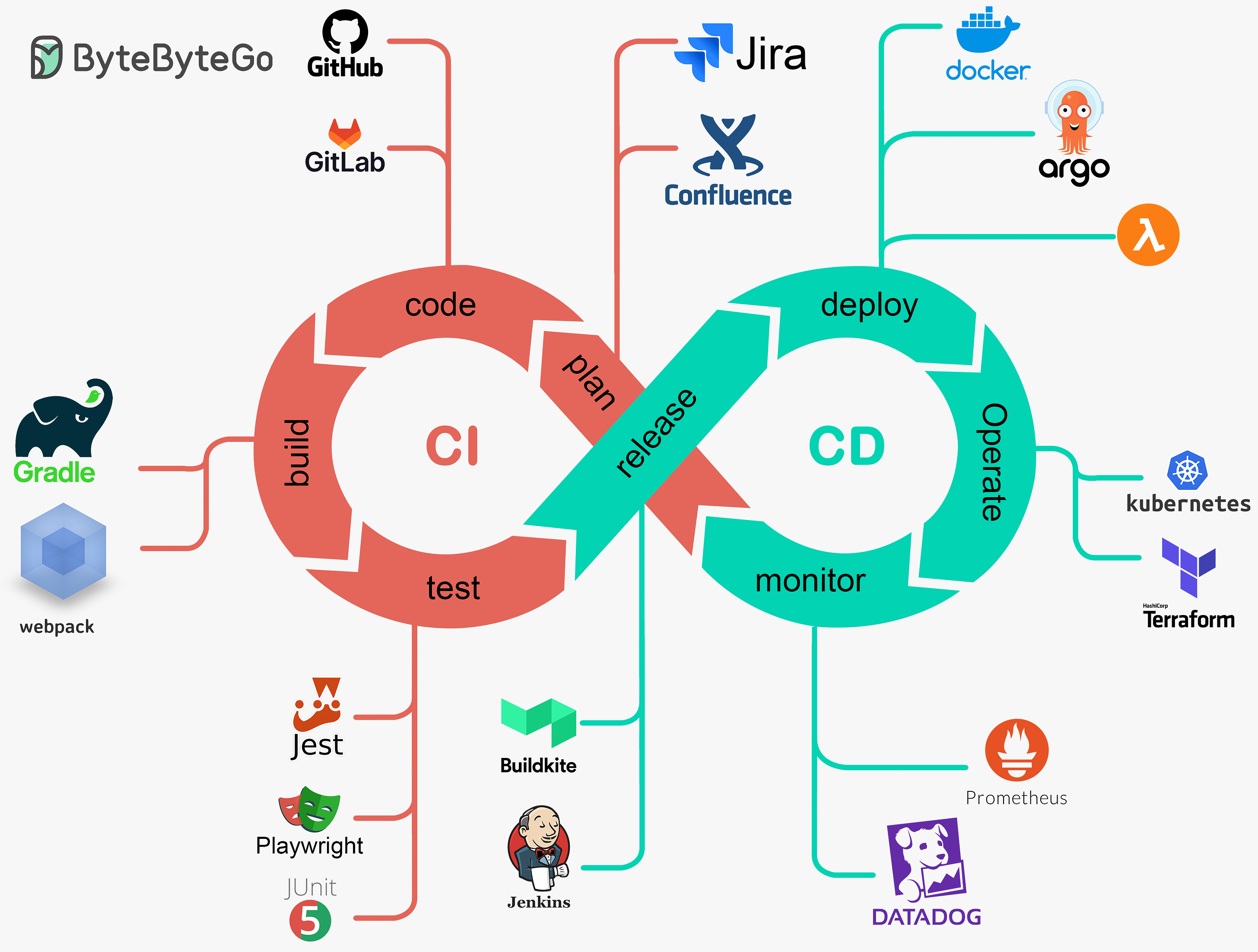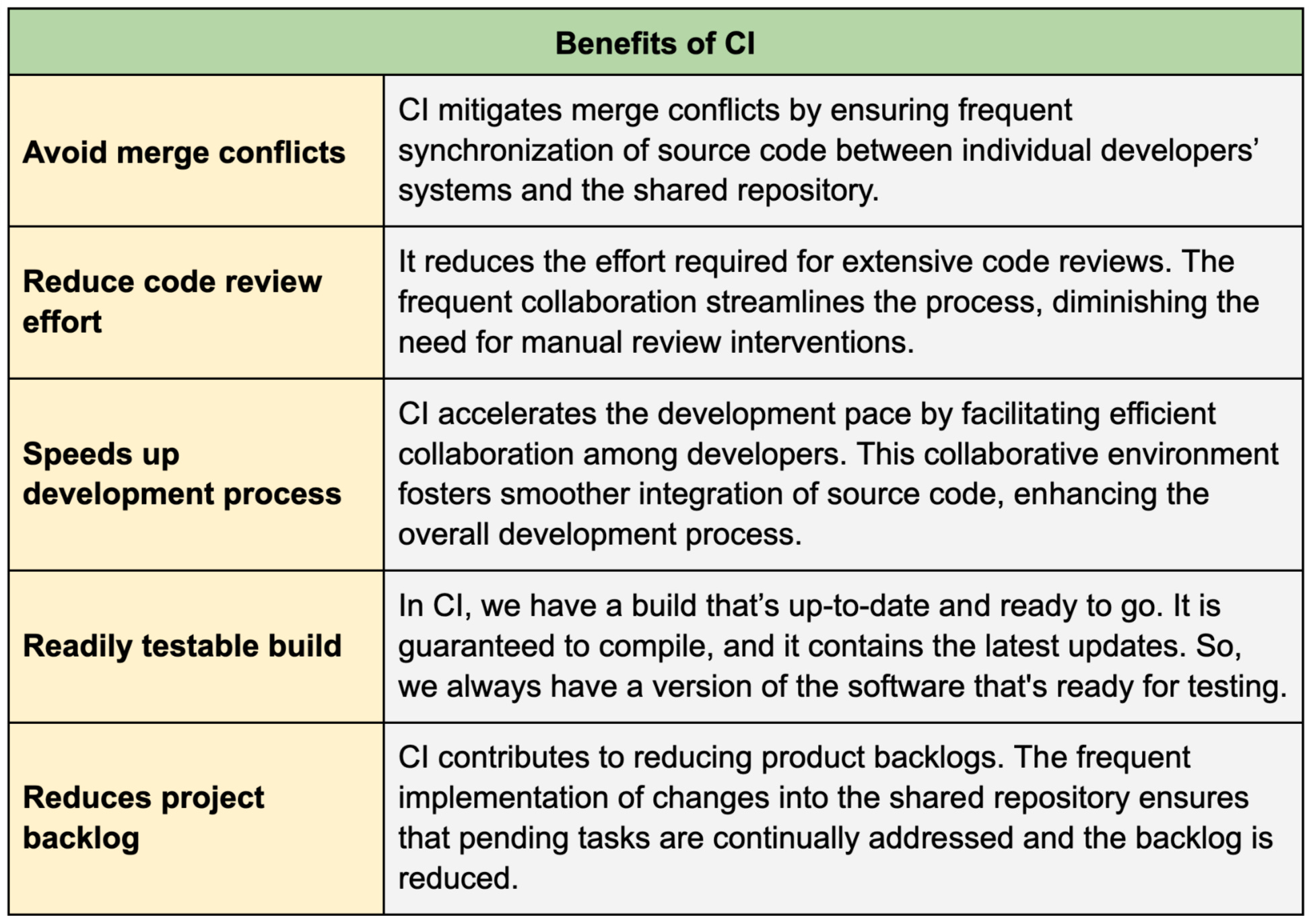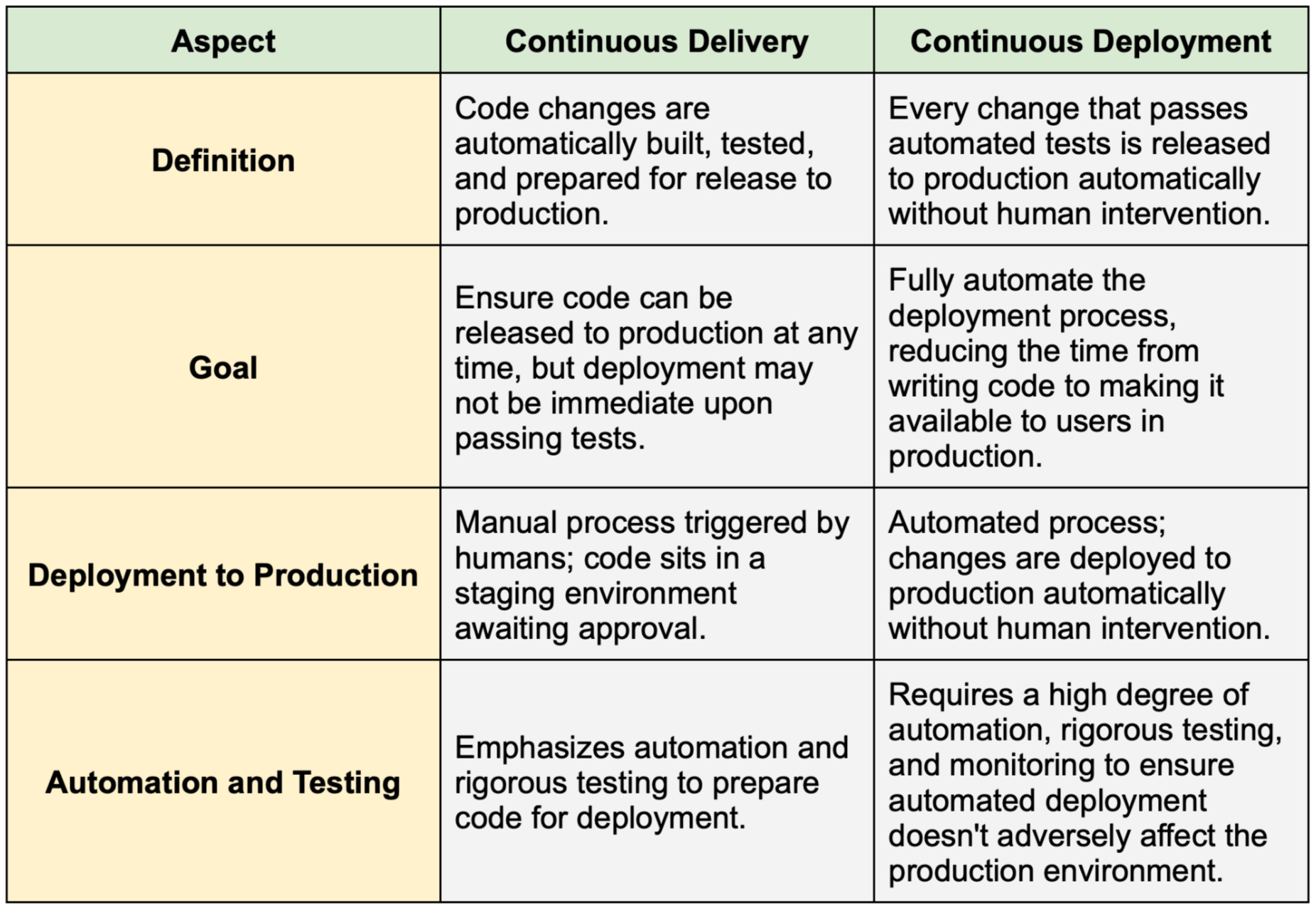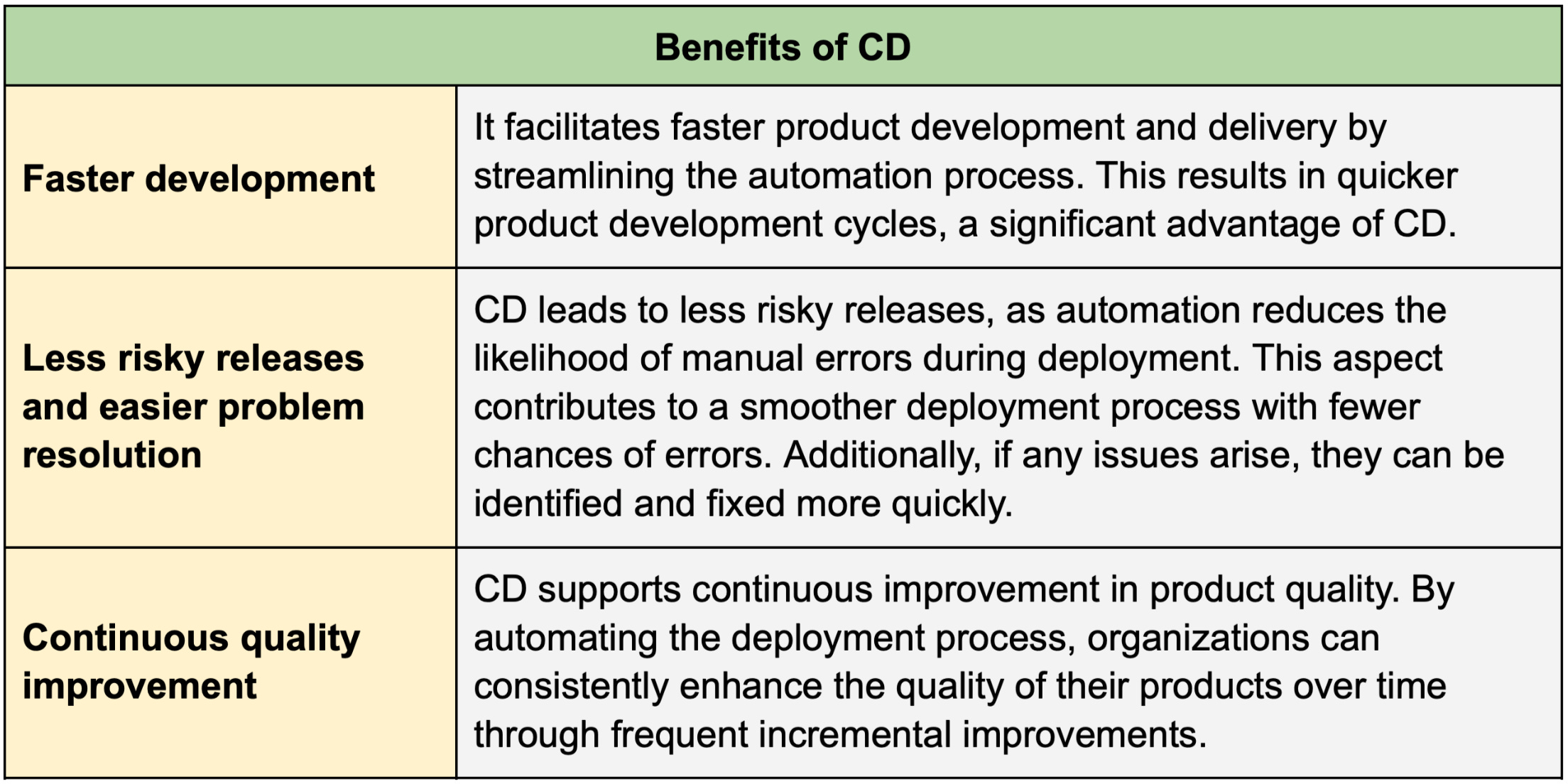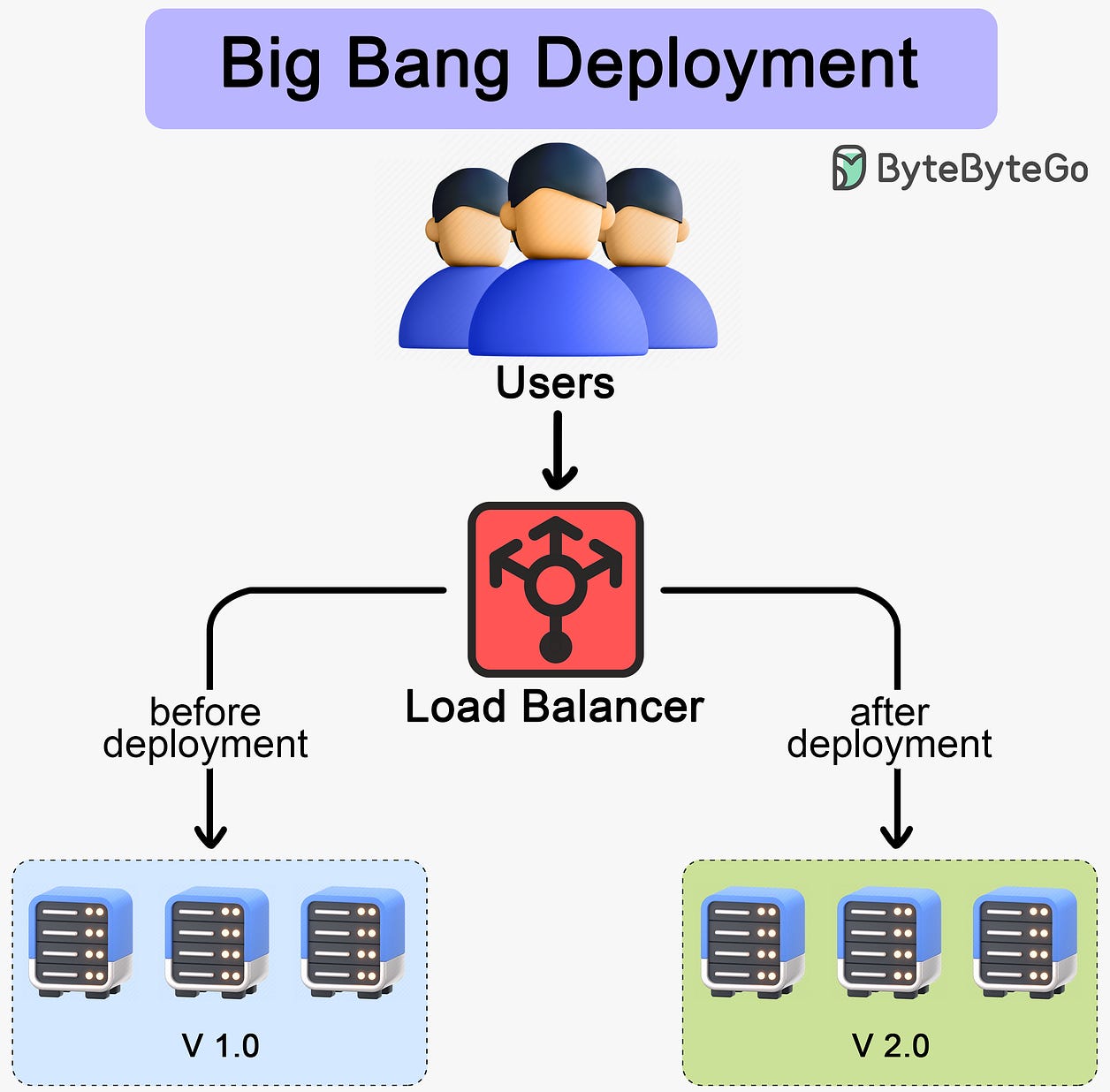- Mailing Lists
- in
- A Crash Course in CI/CD
Archives
- By thread 5363
-
By date
- June 2021 10
- July 2021 6
- August 2021 20
- September 2021 21
- October 2021 48
- November 2021 40
- December 2021 23
- January 2022 46
- February 2022 80
- March 2022 109
- April 2022 100
- May 2022 97
- June 2022 105
- July 2022 82
- August 2022 95
- September 2022 103
- October 2022 117
- November 2022 115
- December 2022 102
- January 2023 88
- February 2023 90
- March 2023 116
- April 2023 97
- May 2023 159
- June 2023 145
- July 2023 120
- August 2023 90
- September 2023 102
- October 2023 106
- November 2023 100
- December 2023 74
- January 2024 75
- February 2024 75
- March 2024 78
- April 2024 74
- May 2024 108
- June 2024 98
- July 2024 116
- August 2024 134
- September 2024 130
- October 2024 141
- November 2024 171
- December 2024 115
- January 2025 216
- February 2025 140
- March 2025 220
- April 2025 233
- May 2025 239
- June 2025 303
- July 2025 176
What makes public sector workers stay in their jobs?
What would it take to make air travel fairer for all?
A Crash Course in CI/CD
A Crash Course in CI/CD
Latest articlesIf you’re not a subscriber, here’s what you missed this month. To receive all the full articles and support ByteByteGo, consider subscribing: IntroductionWhat is CI/CD? How does it help us ship faster? Is it worth the hassle? In this issue, we will look into Continuous Integration and Continuous Deployment, or CI/CD for short. CI/CD helps automate the software development process from the initial code commit to deployment. It eliminates much of the manual human intervention traditionally required to ship code to production. The CI/CD process builds, tests, and deploys code to production. The promise is that it enables software teams to deploy better-quality software faster. This all sounds very good, but does it work in real life? The answer is — it depends. Let’s break up CI/CD into their parts and discuss them separately. Continuous Integration (CI)Continuous integration (CI) is a development practice that many people believe they're using in their work, but they don't fully get it. Before CI came along, development teams typically operated in silos, with individual developers working independently on distinct features for extended periods. Their work would eventually need to be merged into a shared codebase, often resulting in complications such as merge conflicts and compatibility issues among the hundreds of files and contributors. This dilemma, often known as "merge hell," represented the difficulties faced in traditional development methods. Avoid “merge hell”Let's consider a scenario with two developers, Alice and Bob. Alice writes her code and shares it as soon as she has a functional version that doesn't cause any issues, even if it's not fully complete. She uploads her code to a central repository. Bob follows the same approach, always grabbing the latest version of the code before starting his work. As Alice continues to update her code, Bob does the same. If Bob makes changes, Alice incorporates them into her work without any problems. They collaborate smoothly, with a low chance of interfering each other because they always work off the latest code. If they encounter conflicts, it's usually on recent changes they've both made, so they can sit down together, resolve the issues, and move forward. However, with so many people constantly contributing code, problems are inevitable. Things may not always run smoothly, and new errors can emerge. So, what's the solution? AutomationThe solution is automation. It acts like a vigilant watchdog, constantly monitoring the code. Whenever a change occurs, it springs into action, grabbing the code, building it, and running tests. If anything fails during this process, the team receives an alert, ensuring everyone is aware of the issue. With this safety net in place, continuous integration becomes a reality. So, what exactly is continuous integration (CI)? DefinitionContinuous integration involves automating builds, executing tests, and merging code from individual developers into a shared repository. The primary goal of continuous integration is to efficiently integrate source code into shared repositories. Once changes are committed to the version control system, automated builds and test cases are executed to ensure the functionality and validity of the code. These processes validate how the source code compiles and how test cases perform during execution. ToolsWhat are some common tools used in CI? A robust source code management system is the foundation. GitHub is a popular example. It holds everything needed to build the software, including source code, test scripts, and scripts to build the software applications. Many tools are available to manage the CI process itself. GitHub Actions and Buildkite are modern examples, while Jenkins, CircleCI, and TravisCI are also widely used. These tools manage the build and test tasks in CI. Numerous test tools exist for writing and running tests. These tools are usually language and ecosystem-specific. For example, in Javascript, Jest is a unit testing framework, while Playwright and Cypress are common integration testing frameworks for web applications. Build tools are even more diverse and ecosystem-specific. Gradle is a powerful build tool for Java. The Javascript build ecosystem is fragmented and challenging to keep track of. Webpack is the standard, but many new build tools claim to be much faster, although they are not yet as extensible as Webpack. Benefits of continuous integrationContinuous integration holds significant importance for several reasons. The table below presents some of the major advantages of CI. Continuous Deployment (CD)Continuous deployment (CD) is the next step after CI in the CI/CD pipeline. CD is the practice of automatically deploying every code change that passes the automated testing phase to production. While true continuous deployment is challenging and not as widely adopted as CI, a more common practice is continuous delivery, which is similar but has a subtle difference, as explained below. Continuous deliveryContinuous delivery focuses on the rapid deployment of code changes into production environments. Its roots can be traced back to the Agile Manifesto, which emphasizes “early and continuous delivery of valuable software” to satisfy customers. The objective of continuous delivery is to efficiently transition valuable code changes into production. The initial step involves transforming the code into deployable software through a build process. Once the software is ready, the next logical step might seem to be deploying it directly into production. However, the real practice involves rigorous testing to ensure that only stable software enters the production environment. Typically, organizations maintain multiple test environments, such as "QA," "Performance," or "Staging." These environments serve as checkpoints for validating the software before it reaches production. The software undergoes testing in each environment to ensure its readiness for deployment. In essence, the journey to production in continuous delivery involves transitioning software through various testing environments before deployment into the production environment. A key aspect of continuous delivery is ensuring that the code remains deployable at all times. Once the delivery process is completed, the code is ready for deployment to any desired environment. This end-to-end process includes building the source code, executing test cases, generating artifacts such as WAR or JAR files, and delivering them to specific environments. Automatic deploymentComing back to continuous deployment (CD), it involves the automatic deployment of code changes to the production environment. Essentially, CD represents the final stage in the development pipeline. In this phase, not only are artifacts prepared and test cases executed, but the process extends further to deploying the artifacts to the production environment. Continuous deployment ensures that any changes made to the code are promptly deployed to the production environment without human intervention. Continuous deployment vs. continuous deliveryContinuous deployment and continuous delivery are related concepts, but they have distinct differences. Here, we list some of the differences: While continuous deployment may be suitable for some organizations, continuous delivery is the approach that many are striving to achieve, as it offers a cautious yet automated approach to software delivery. ToolsThe tools we mentioned earlier, like GitHub Actions, Buildkite, and Jenkins, are commonly used to handle CD tasks. Infrastructure-specific tools also make CD easier to maintain. For example, ArgoCD is popular on Kubernetes. CI/CD is a powerful software development practice that can help teams ship better-quality software faster. However, it's not a one-size-fits-all solution, and its implementation may vary depending on the complexity of the system. Benefits of continuous deploymentContinuous deployment offers numerous benefits to organizations. Here, we list some of them. Deployment StrategiesNothing beats the satisfaction of seeing our code go live to millions of users. It is always thrilling to see. But getting there is not always easy. Let’s explore some common deployment strategies. Big bang deploymentOne of the earliest methods of deploying changes to production is the Big Bang Deployment. Picture it like ripping off a bandage. We push all our changes at once, causing a bit of downtime as we have to shut down the old system to switch on the new one. The downtime is usually short, but be careful - it can sting if things don't go as planned. Preparation and testing are key. If things go wrong, we roll back to the previous version. However, rolling back is not always pain-free. We might still disrupt users, and there could be data implications. We need to have a solid rollback plan.  Continue reading this post for free, courtesy of Alex Xu.A subscription gets you:
© 2024 ByteByteGo |
by "ByteByteGo" <bytebytego@substack.com> - 11:37 - 4 Apr 2024
